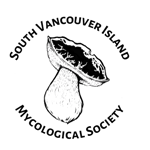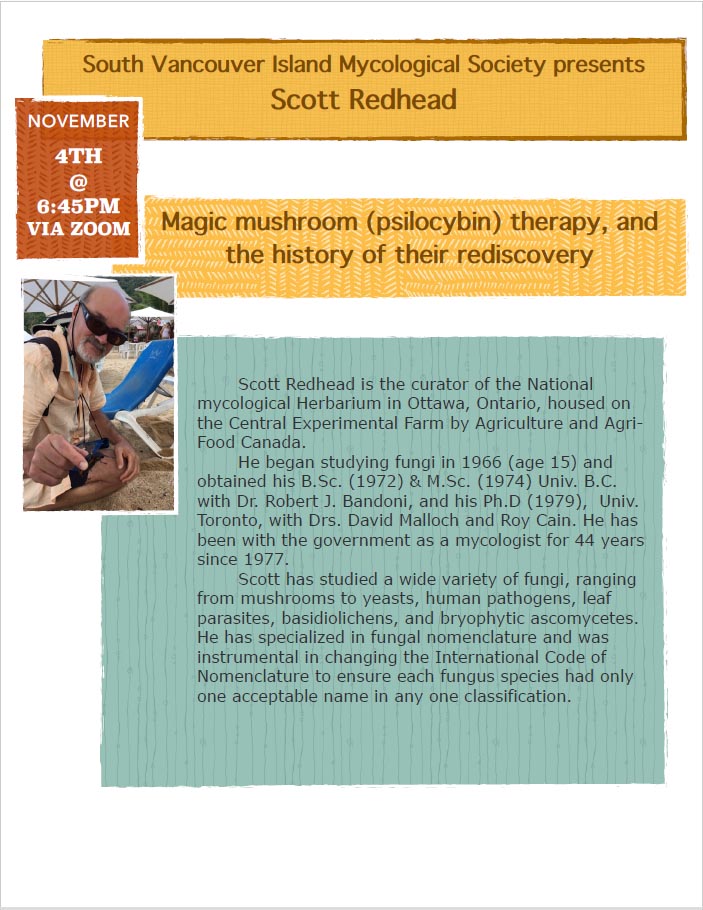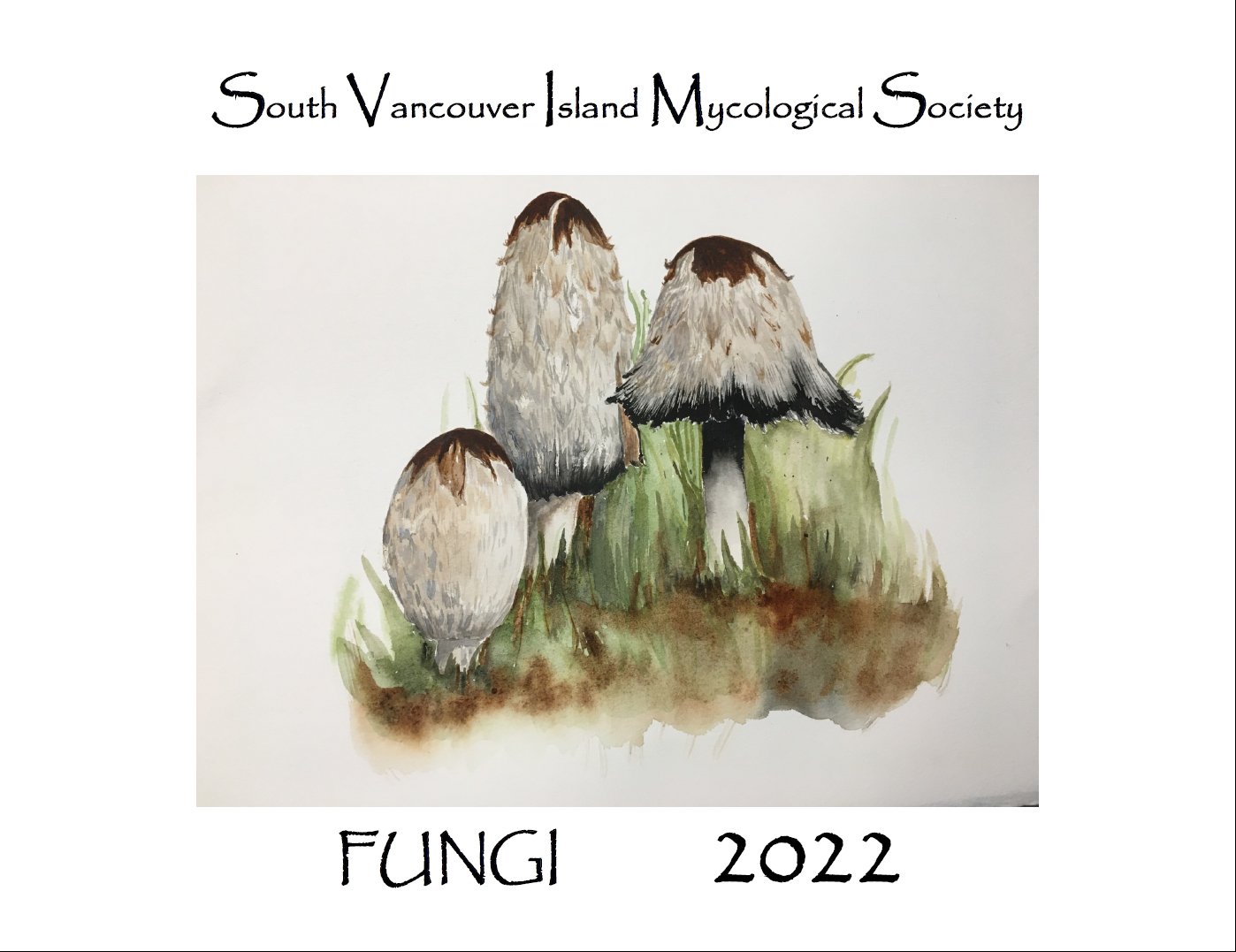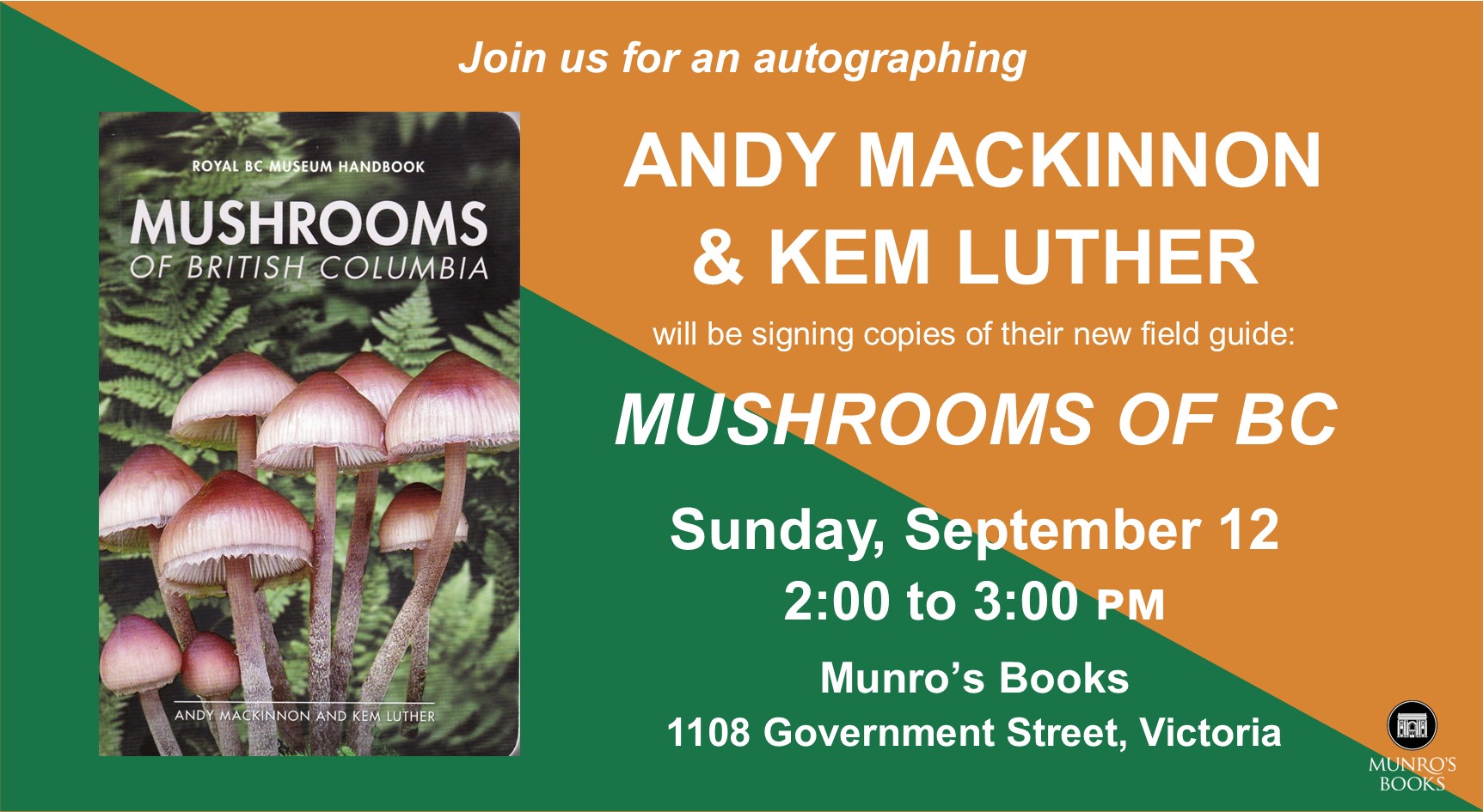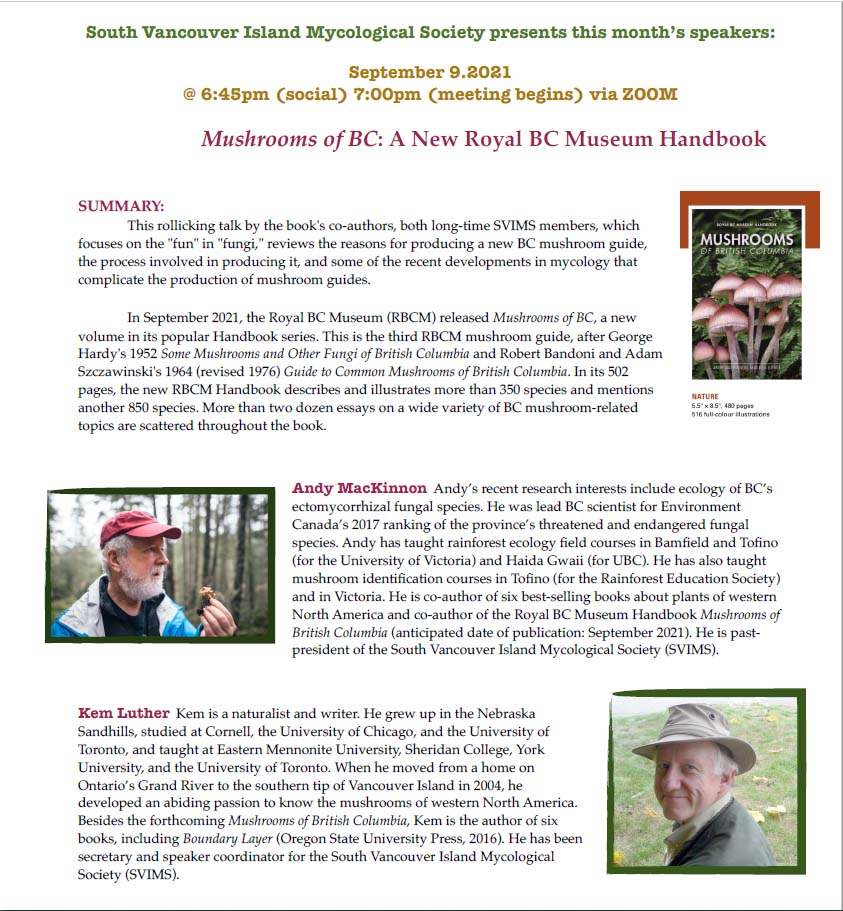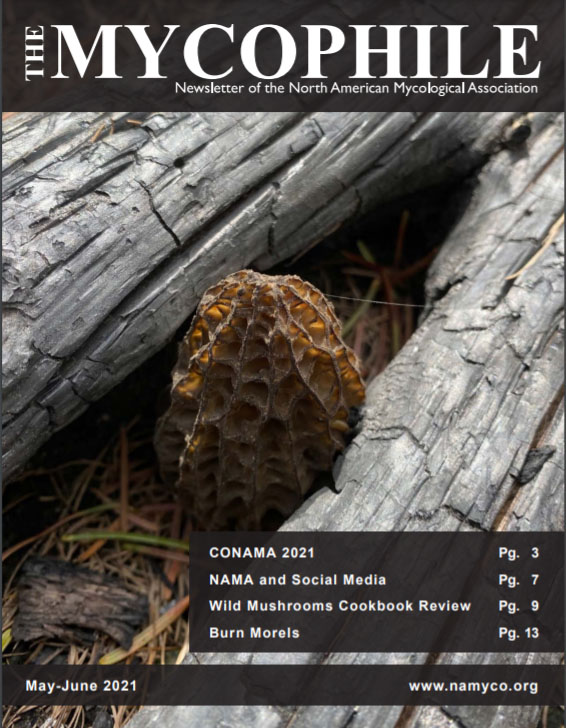LAST CALL to submit your art/photos for the
2022 Mushroom Calendar
Please submit photos/art to Krisztina at levai.km@gmail.com
Please keep it to one picture per email and as high of resolution as possible. The minimum resolution should be 2MP or 1920×1080.
Pictures must be in landscape!
In the subject line add your name and type of mushroom in your photo/art
If you don’t know the type of mushroom you are submitting now might be the time to learn how to identify it. If you need help just ask one of your favorite SVIMS member(s).
INCLUDE:
- Try to provide identification information for each mushroom such as when your saw the mushroom, where you found it, habitat (e.g. on or near what kind of trees), spore colour.
- If this picture happens to come with a great story, please also include this in your submission.
YOUR SUBMISSION:
Visually appealing art/photograph that illustrate:
- the diversity of mushrooms found on southern Vancouver Island
- mushroom cookery, art or crafts
- interaction of mushrooms with people, animals, other organisms or the environment
- SVIMS events or activities
The purpose of the calendar is to celebrate the joy of mushrooming and
to inform people about mushrooms growing on southern Vancouver Island.
South Vancouver Island Mycological Society
May/June NAMA Mycophile available
SVIMS is a member of The North American Mycological Association (NAMA), the collective that unites the mycological societies on this continent. Six times a year NAMA publishes its newsletter, the Mycophile, and makes it available to members of all supporting clubs. The May/June 2021 issue was recently released. To read it, click or tap on the picture of the cover.
